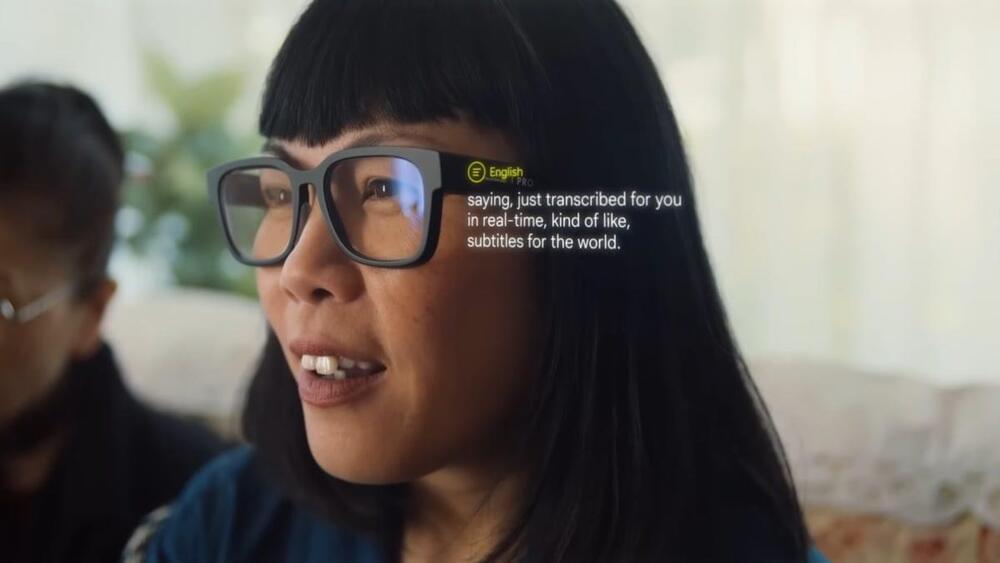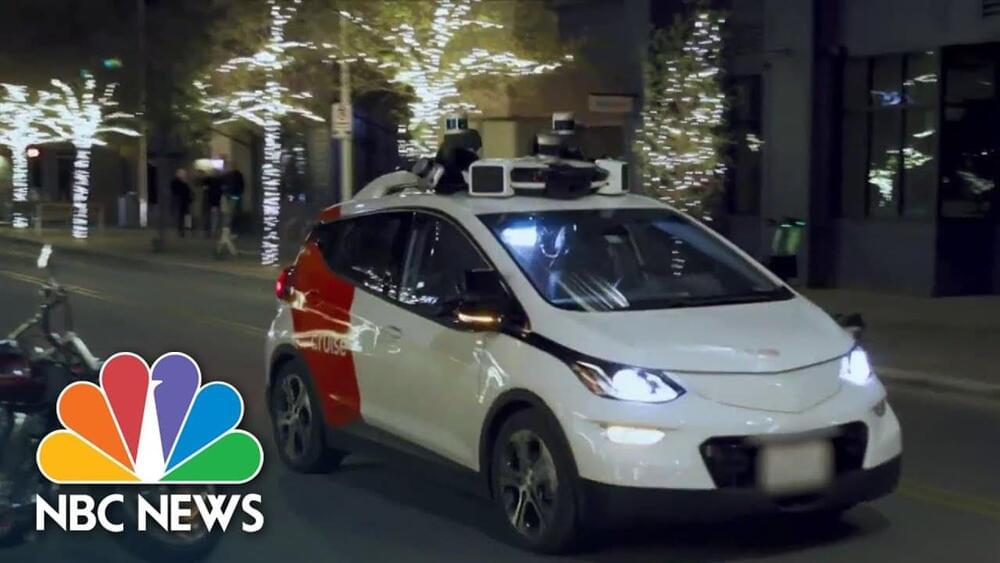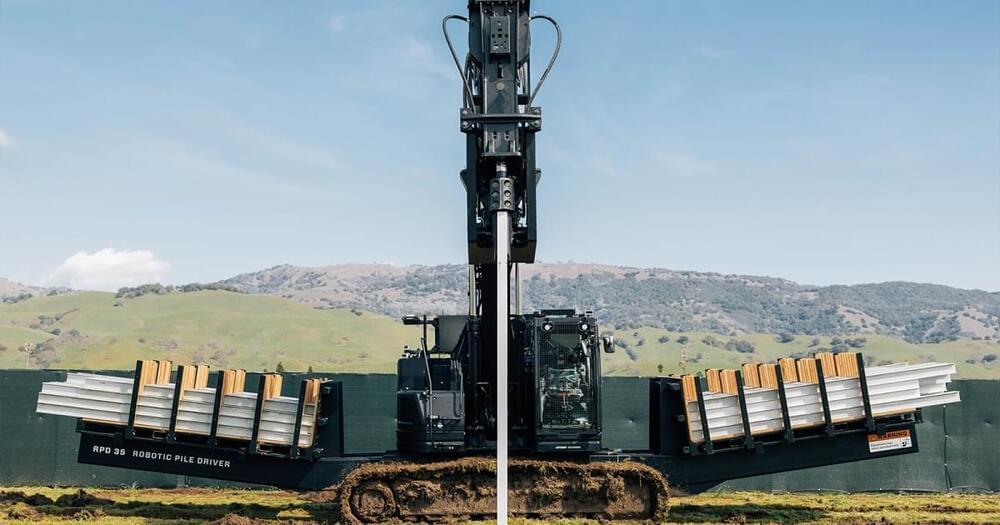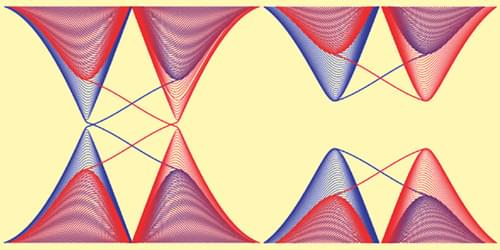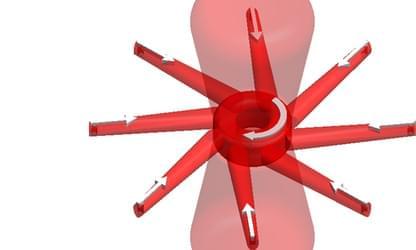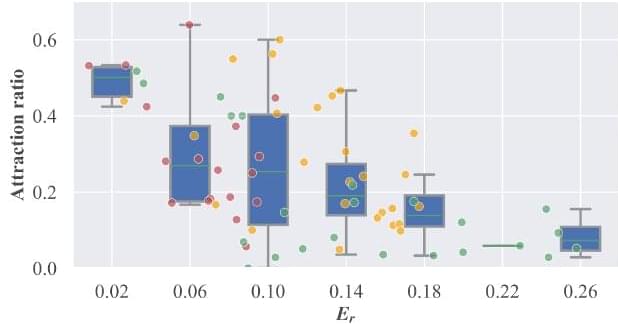May 15, 2023
Astronomers spot largest cosmic explosion ever witnessed
Posted by Shubham Ghosh Roy in category: cosmology
Astronomers have spotted the largest cosmic explosion ever witnessed, and it’s 10 times brighter than any known exploding star, or supernova.
The brightness of the explosion, called AT2021lwx, has lasted for three years, while most supernovas are only bright for a few months.
The event, still being detected by telescopes, occurred nearly 8 billion light-years away from Earth when the universe was about 6 billion years old. The luminosity of the explosion is also three times brighter than tidal disruption events, when stars fall into supermassive black holes.


